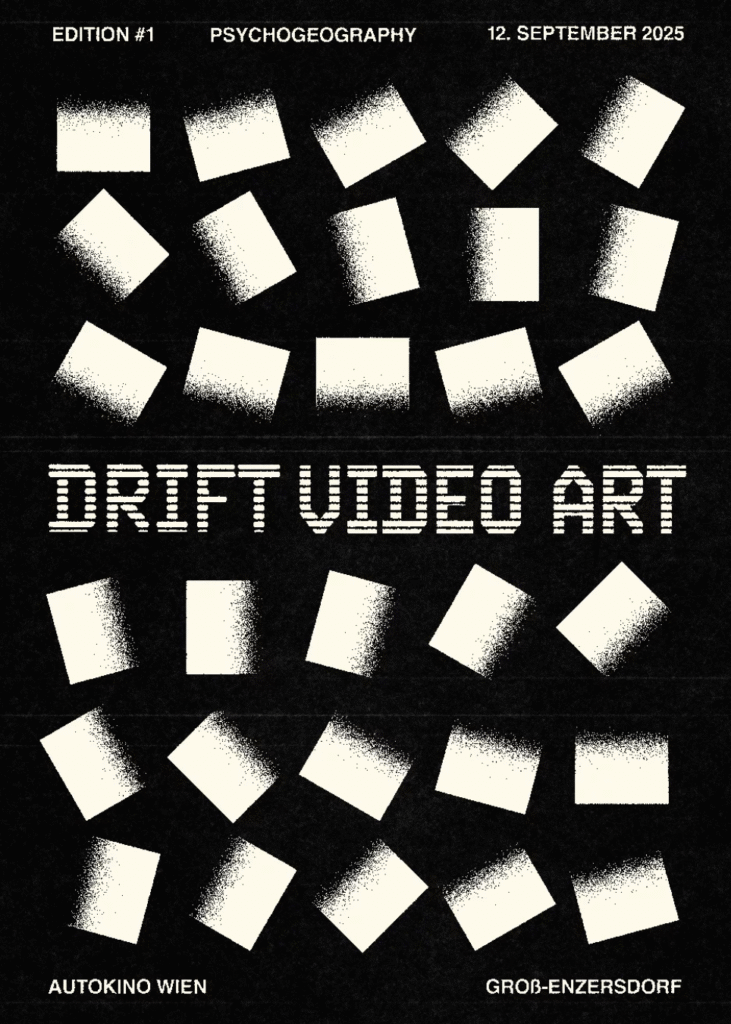is part of the competition at the Iran International Documentary Film Festival „Cinema Vérité“ and will be screened on Sunday Dec 14th at 5.30 at Mellat Cineplex, Salon 4 in Tehran. I will be there and am very exited about it!
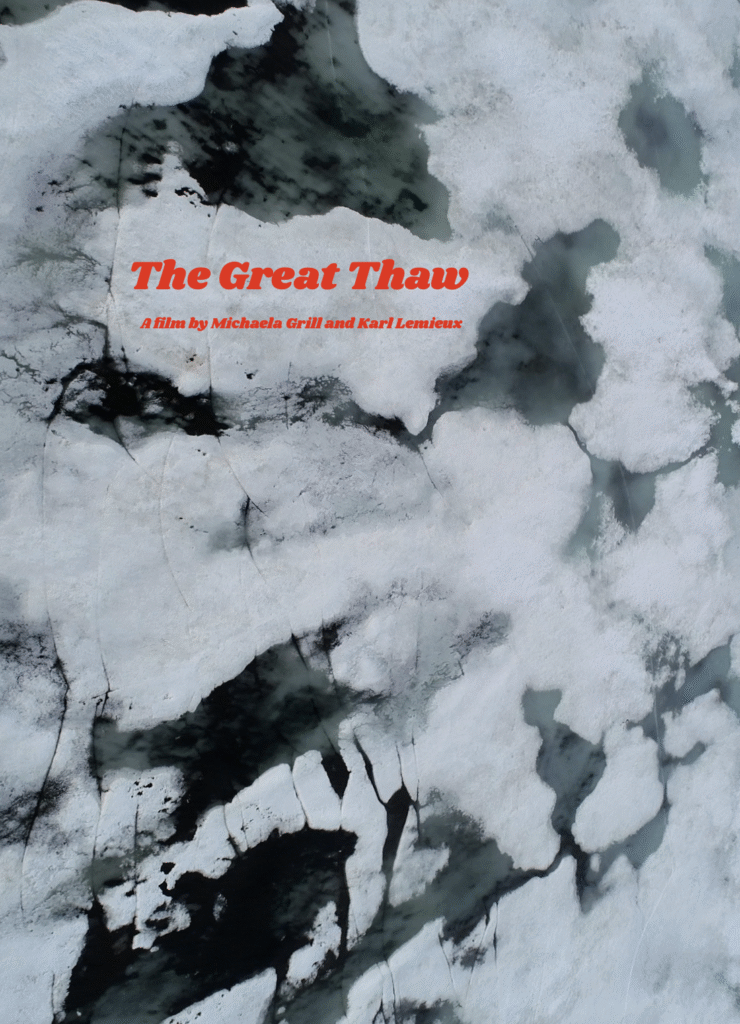
is part of the competition at the Iran International Documentary Film Festival „Cinema Vérité“ and will be screened on Sunday Dec 14th at 5.30 at Mellat Cineplex, Salon 4 in Tehran. I will be there and am very exited about it!

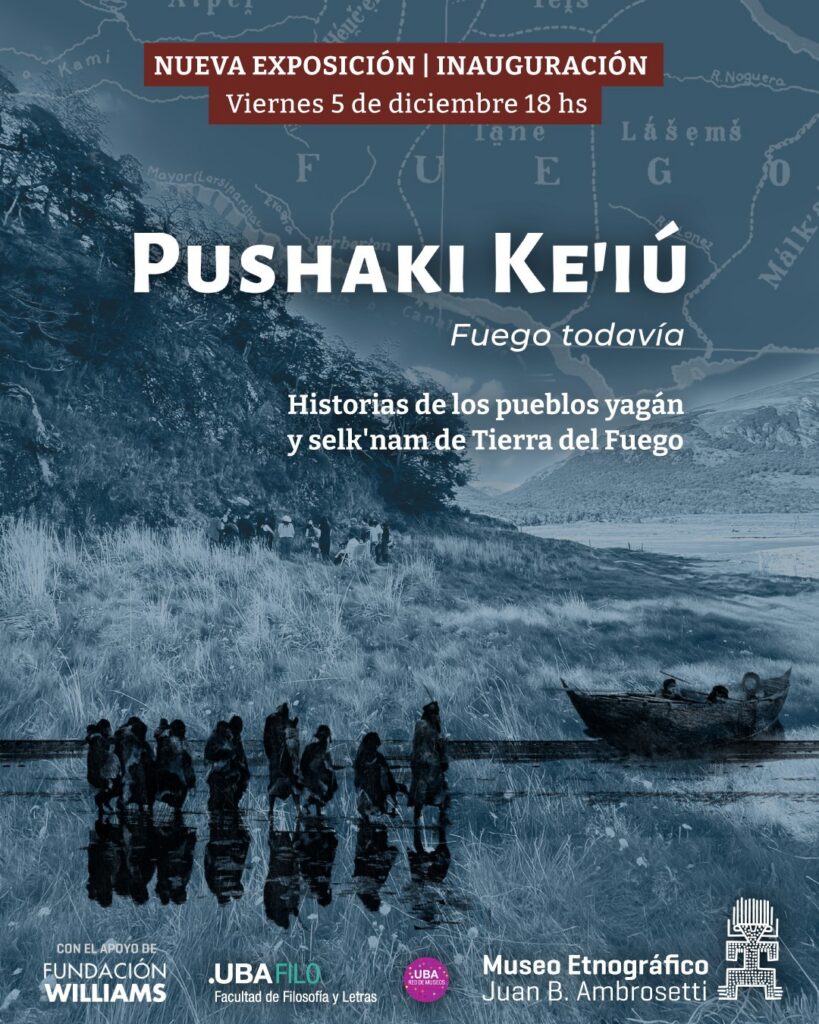
In the last couple of years I have worked intensely with Indigenous communities in Tierra del Fuego for my new film „When Fire Turns to Ash“. For the film I have interviewed many Selk’nam and Yagán people and two of these interviews plus some stills from the film are now included in the exhibtion „PUSHAKI KE’IÚ (fire today). Stories from the Yagán and Selk’nam peoples“ at the Museo Etnográfico „Juan B. Ambrosetti“ in Buenos Aires.
All the interviews are available in their entirety on youtube:
https://www.youtube.com/@migrill
I have been so deeply impacted by the time and stories they shared with me that I really miss words to describe it. If you are in Buenos Aires, please take the time and listen to them and if you are not, please check out the interviews on youtube.
Save the date for “Earth (Okâwîmâw Askiy – ᐅᑳᐧᒫᐊᐧᐢᑭᕀ)”, a 12-hour event from 12 noon to 12 midnight (CST) on December 12th.
“Earth (Okâwîmâw Askiy – ᐅᑳᐧᒫᐊᐧᐢᑭᕀ)” follows on the heels of 2020’s You, 2021’s And, 2022’s I, 2023’s Are, and 2024’s Water. It is the sixth in a series of twelve annual events taking place on December 12 from 12 noon to 12 midnight. Each year the event moves through each word of the 12-word phrase, ‘You And I Are Water Earth Fire Air Of Life And Death’, to activate the word of the year in myriad ways.
This year’s event is hosted and presented by the University of Saskatchewan Art Galleries and Collection from its ROUNDING space at the Kenderdine Gallery in Saskatoon, Saskatchewan, Canada.
The curators of the event are Christof Migone and jake moore.
The event will feature kihci-okāwīmāw askiy, Christina Battle, Sepideh Behrouzian, Joshua Bonnetta, Andrew Denton, Tanya Doody, Michaela Grill, Ufuk Ali Gueray, Jessica Karuhanga, Masha Kouznetsova, Karl Lemieux, Ella Dawn McGeough, Erica Mendritzki, Tékeniyáhsen Ohkwá:ri (Jackson 2bears), Cassie Packham, Parsons & Charlesworth, Dawit L. Petros, Danielle Petti, Laura St. Pierre, Arielle Walker, Aurora Wolfe, Melanie Zurba, amongst others.
Presenting partners: the Centre for Sustainable Curating, and Otekh.
Streaming partners: Naisa, Radio Bloc Oral, Radius, Resonance Extra, and Wave Farm.
As with past editions the event will be streamed live on YouTube.
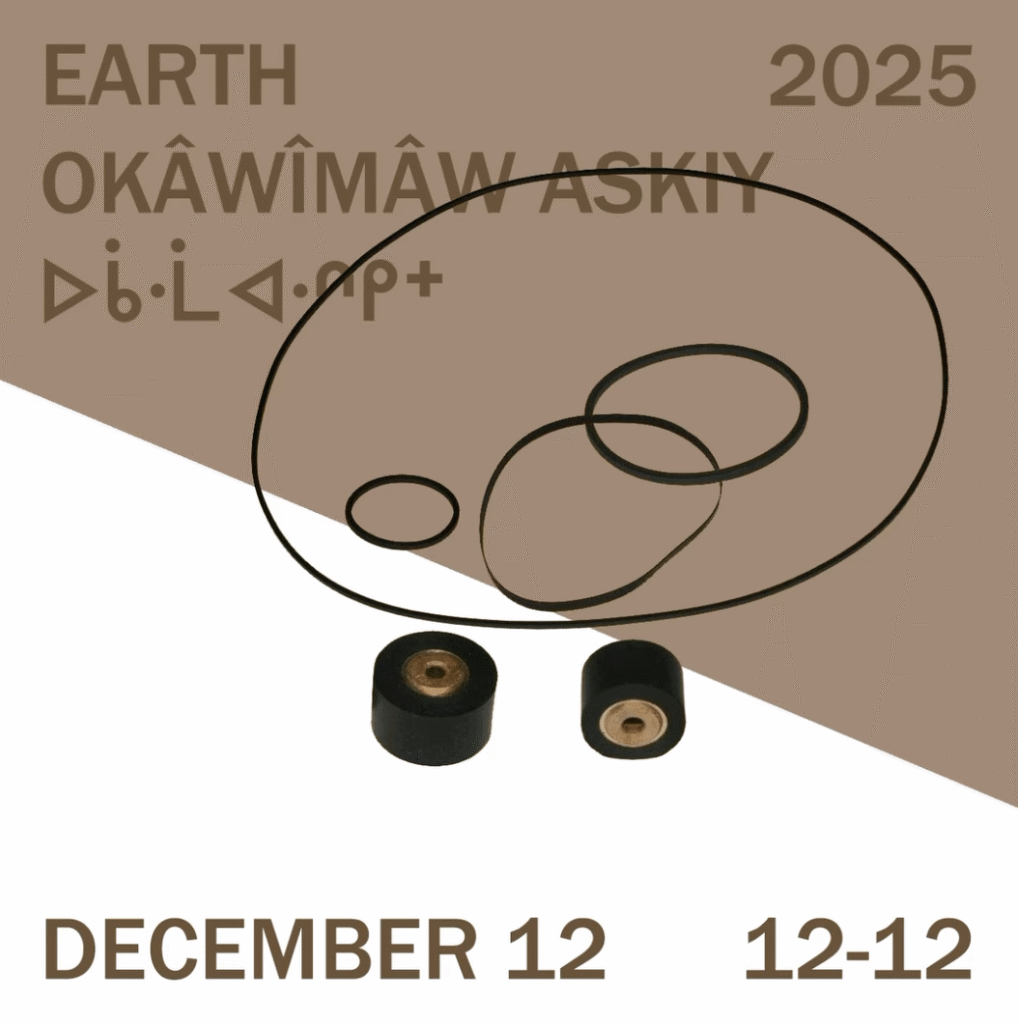
You can now watch The Great Thaw on Tënk Canada – Le cinéma documentaire en ligne for the next 3 months. Thanks for the selection Emilie Poirier!
Situated between scientific documentary and sensory experimental cinema, The Great Thaw is a melancholic and mesmerizing epic that reveals the contours of our ecosystems and humanity’s impact on them. In this audiovisual work of the Anthropocene era, the notion of traces is masterfully explored by filmmakers-performers Michaela Grill and Karl Lemieux. The viewer is quickly led to reflect on existential questions: What does humanity leave behind on this already fragile Earth? Are we aware of the gravity of what we leave? Are we truly conscious of our individual impact? The cinematography is larger than life, while the reality it depicts is profoundly alarming. Permafrost melts before our eyes, just as the future darkens. Grill and Lemieux’s strength lies in making us feel the effects of climate change visually, skillfully alternating between sublime imagery and stark, unsettling facts. A grand, universal work—essential to experience in today’s context. (Émilie Poirier)
Some of you might know that I have been involved in a research project about mental health and filmmaking for a while now. Our first findings have just been published and you can read them here:
by Eliza Farber, Ian Gold, Michaela Grill, Lawrence Joseph & Abby Lippman
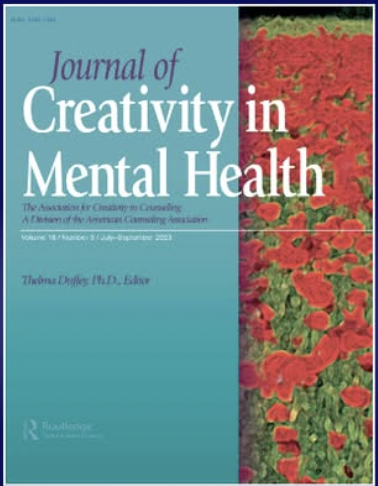
is screening as part of A Topographical Summit at Remai Modern in Saskatoon on Oct 5th at 1pm. Free entrance!

October 01, 2025 – October 06, 2025
A Topographical Summit is a gathering of artists, designers, filmmakers, scientists and scholars hosted by the University of Saskatchewan Art Galleries and Collections and The School for the Arts.
A Topographical Summit brings together an ecology of practices in performance, visual arts, moving images, and natural sciences that are invested in the capacity for social change through artist-led activity. Using topography as an anchoring concept, contributors will engage in discourse that conceives of ecological crisis as a product of the Western colonial modernist project and, therefore, as a condition that must be addressed through worldviews and epistemologies that are antithetical to the project’s manifestations. The contributors’ practices mark distinct turns away from techno-liberalism and individuation, providing examples of how we might lessen our compulsion to act like modern individuals, in favour of an ethics of inter-existence. They engage multiple modalities and speculative fictions in critique of the techno-rational approach to ecological crisis and show how art might provide the affective frameworks for reconfiguring our response to the complex after-effects of the modernist project.
https://kagcag.usask.ca/…/a-topographical-summit.php…
Participants:
Sepideh Behrouzian (IR/CA), Andrew Denton (NZ/CA), Michaela Grill (AT), Office for a Human Theatre (Filippo Andreatta (IT) and Sarah Messerschmidt (DE)), Parsons & Charlesworth (UK/US), Dawit L. Petros (CA), Paul Suchan (CA), and Arielle Walker (NZ), amongst others.
September 24-27 at Austrian Filmmuseum Vienna

Alanis Obomsawin is one of Canada’s first and most influential Indigenous filmmakers. As a director, singer and Abenaki Nation activist, she has been shaping documentary storytelling for over five decades – with an unmistakable voice that is uncompromisingly committed to the rights and self-determination of Indigenous communities.
She sees film as a political tool, a means of resistance against colonial narratives, media distortions and the structural exclusion of Indigenous perspectives. At the centre of her work are the stories, struggles and hopes of Indigenous peoples – told from an authentic, inner perspective.
With great consistency, she resists the dominance of Western perspectives and creates spaces in which voices that have all too often been ignored or distorted are heard. Her films are living chronicles of resistance: they not only preserve oral traditions, but also document the ongoing struggle against colonial violence, state repression and the loss of land and cultural identity.
Obomsawin combines indigenous narrative traditions with interviews, music, drawings and archive material to create a powerful tool of resistance, a medium of political intervention that makes social injustices and the ongoing colonization of Indigenous life realities visible.
Her works are indispensable archives of Indigenous memory and formulate an urgent message of resistance.
Wednesday 24.9., 18:00:
Kanehsatake: 270 Years of Resistance (1993, 119min)
In July 1990, a serious conflict broke out in Oka, Québec, between Kanien’kéhaka (Mohawk) demonstrators, the Québec police and the Canadian army. The trigger is the planned construction of a golf course on Indigenous land. After the Kanien’kéhaka erect a barricade to block access to the construction site, the situation escalates. Violent attempts to evict the protesters are intended to end the protest by force. Alanis Obomsawin documented the 78-day conflict from an Indigenous perspective behind the lines. Her film not only sheds light on the specific events, but also places the conflict in a wider context: as an expression of a systemic, ongoing struggle for Indigenous rights. The multi-award-winning work is now considered a milestone in Indigenous filmmaking and a key document of colonial continuities in Canada.
Wednesday 24.9., 20:30:
Waban-Aki: People from Where the Sun Rises (2006, 104min)
Alanis Obomsawin returns to her home village of Odanak, an Abenaki reserve south of the St. Lawrence River in Quebec. In her lyrical portrait, she focuses on the Abenaki community living there and their traditional culture of basket weaving and canoe building. She skillfully interweaves the multifaceted history of her people with a critical reflection on contemporary identity and the so-called “status” that legally defines Indigenous belonging. The colonial Indian Act stipulates that children of Indigenous origin can lose their status – and thus their official rights – if their parents marry outside the community. A poetic portrait of the complex past and present of the Abenaki, who once inhabited large parts of what is now New England, the Canadian Maritimes and south-eastern Quebec.
Thursday 25.9, 20:30:
History of Manawan – Part Two (1972, 21min) / Incident at Restigouche (1984, 45min)
Atikamekw elder Cézar Néwashish tells the story of traditional hunting and how it has been changed by the pressures of Western society.
This is followed by a milestone of Indigenous resistance cinema: Incident at Restigouche. In June 1981, the police stormed the Restigouche Mi’kmaq reservation. This was triggered by a dispute over traditional fishing rights, which continues to this day. While the Mi’kmaq caught 6 tons of salmon, sport and industrial fishermen took over 900. Obomsawin reconstructs the events with impressive clarity and confronts the fisheries minister responsible.
Friday 26.9, 18:00
Mother of Many Children (1977) / Richard Cardinal: Cry from a Diary of a Métis Child (1986); total length: 86min
In her first feature-length documentary, Alanis Obomsawin pays tribute to the central role of Indigenous women. Mother of Many Children shows matriarchal cultures in which women pass on stories, language and tradition over generations. This is followed by a harrowing portrait of Indigenous childhood: Richard Cardinal took his own life at the age of 17 – after 28 spells in care institutions. Diary entries, archive material and interviews tell of his longing to be reunited with his family and paint a picture of systemic neglect and brutality.
Friday 26.9, 20:30
Rocks at Whiskey Trench (2000, 105min)
Stories of resistance, strength and perseverance are at the centre of this powerful examination of a dark day in Canadian history. In the summer of 1990, at the height of the Oka conflict, Kanien’kehá:ka (Mohawk) women, children and elders fled their community of Kahnawake. A convoy of 75 vehicles was pelted with stones by an angry mob as they attempted to cross the Mercier Bridge into Montreal. The police did not intervene. Rocks at Whiskey Trench reconstructs these traumatic events using witness testimonies, archive footage and historical analysis. The film sheds light on the background to the conflict in Oka, the consequences of centuries of land expropriation and reveals how deeply colonial violence still has an impact today. A moving document about trauma, resilience and the right to self-determination.
Saturday 27.9., 18:00:
Trick or Treaty? (2014, 84min)
In Trick or Treaty?, Alanis Obomsawin takes a critical look at Treaty No. 9, which was concluded in 1905 between the British Crown and the Cree and Ojibwe in Ontario. While the Canadian government sees the treaty as a cession of Indigenous sovereignty, many descendants of the signatories see it as a broken promise: an agreement to share land and resources that was never fulfilled. The film accompanies indigenous leaders on their journey to be heard – in dialog with the government and in protest on the streets. Poignant speeches, archive footage and testimonies from the Idle No More movement interweave to create an engaging document about colonial continuities, cultural self-determination and the courage to retell history. A passionate plea for recognition, self-determination and the end of colonial oppression.
It was a great pleasure to curate this retrospective and I will give an introduction to each program!
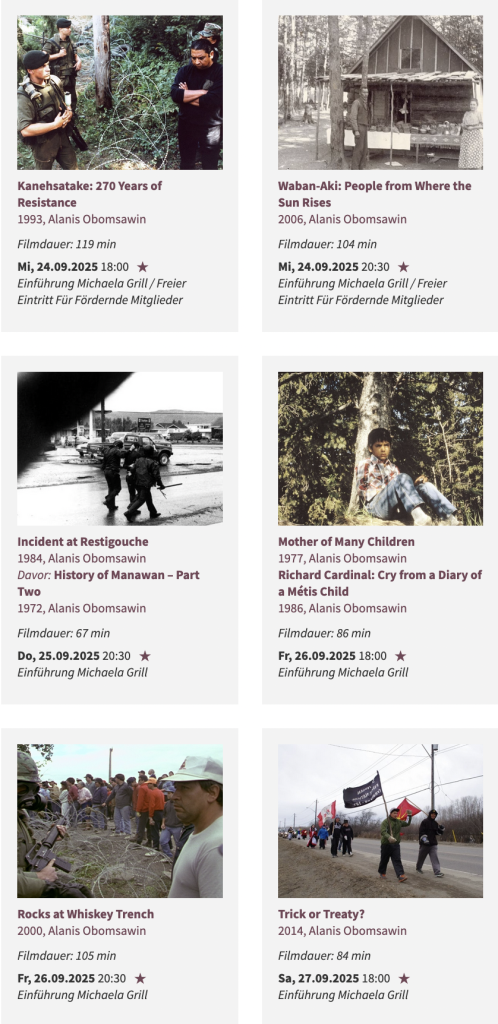
will be screened at HER Docs Film Festival in Warsaw, Poland on Sept 20th, 8.30 pm in the Kinoteka in a program called Glitch.
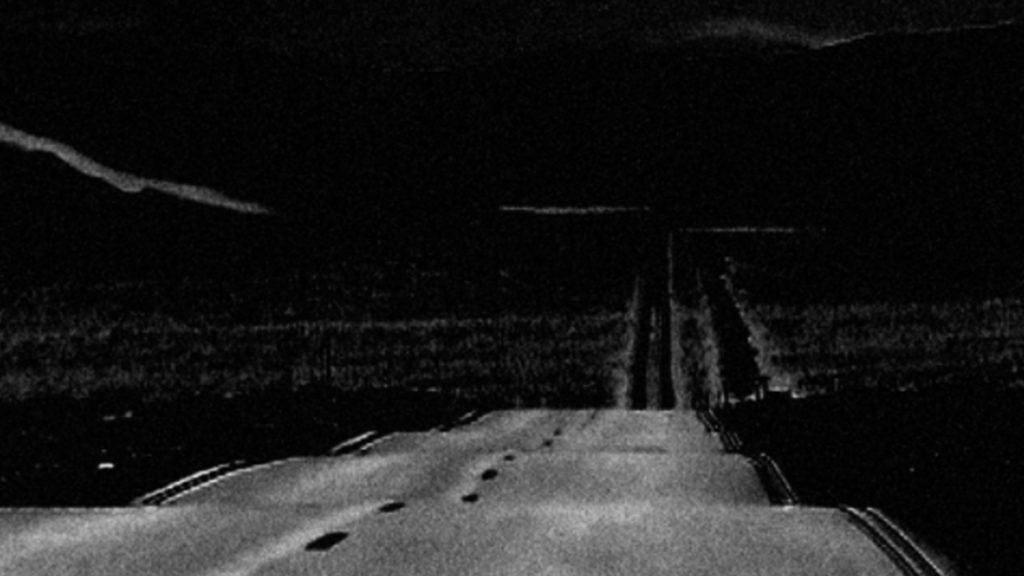
will be part of DRIFT VIDEO ART, EDITION #1, „PSYCHOGEOGRAPHY“ at the drive-in cinema in Groß Enzersdorf, Austria on September 12th. Thanks!
